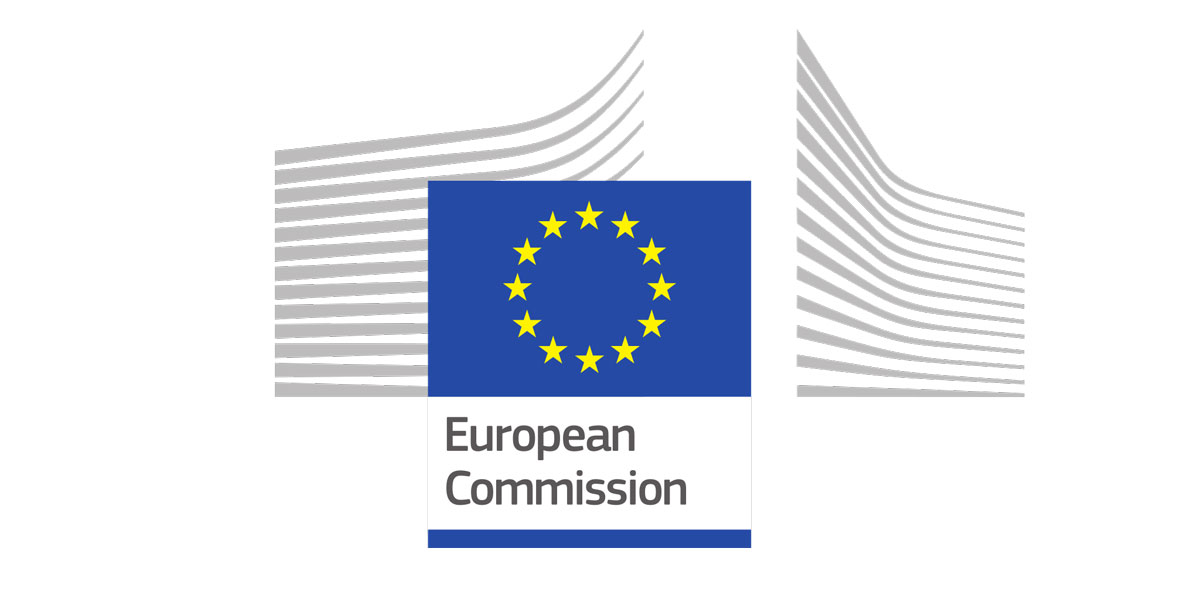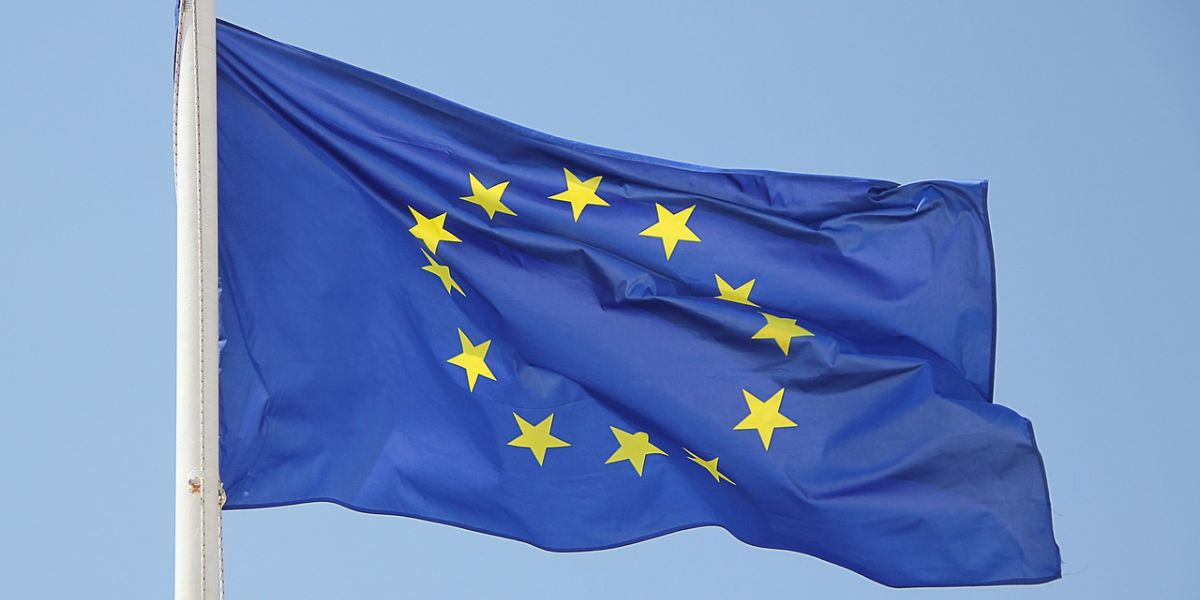The European Commission released a communication on 21 May 2025 outlining a strategy to strengthen and simplify the EU Single Market. The document emphasises the Single Market as a cornerstone of the EU’s growth, competitiveness, and resilience, helping businesses absorb shocks and navigate global uncertainties.
The European Commission issued a communication to EU institutions on 21 May 2025 outlining a strategy for making the single market simple, seamless and strong.
The document highlights the Single Market as one of the EU’s most significant achievements. It mentions that the Single Market is our European home market. It is a powerful catalyst for growth, prosperity, and solidarity. It mentions that it is the first driver of the EU’s competitiveness, and the European Market is our anchor for stability and resilience. It allows EU businesses to absorb shocks and shields them from global uncertainties and market risks.
The document also acknowledges that it must adapt to today’s challenges, including geopolitical tensions, digital disruption, climate change, and demographic shifts. The strategy aims to improve the Single Market for citizens and businesses. It focuses on removing barriers, especially for SMEs, and ensuring consistent rule application across Member States.
The proposed strategy is presented across four chapters:
Chapter 1. Removing barriers: Doubling down on the ‘Terrible Ten’
Based on comprehensive consultations of stakeholders, the Commission has identified a set of ‘Terrible Ten’ Single Market barriers that it will address as a first priority with this strategy. These are:
- overly complex EU rules;
- lack of Single Market ownership by Member States;
- complicated business establishment and operations;
- recognition of professional qualifications;
- long delays in standard-setting that weigh on innovation and competitiveness;
- fragmented rules on packaging, labelling and waste;
- outdated harmonised product rules and lack of product compliance;
- restrictive and diverging national services regulation;
- burdensome procedures for the temporary posting of workers; and
- territorial supply constraints.
Chapter 2: Boosting the EU services market
The EU economy is primarily driven by services, which account for 75% of GDP and are the main source of job creation. Services also account for 40% of the value added in EU products. However, with intra-EU services trade at just 7.6% of GDP, which is no higher than trade with non-EU countries, the Single Market for services remains underdeveloped. Despite some progress, 60% of service barriers remain unchanged from 20 years ago. The strategy proposed a new approach to be implemented.
The European Commission proposes introducing targeted enforcement measures and innovative tools to streamline cross-border service provision for greater efficiency.
Chapter 3: SME in the single market
The European Commission states that it must become easier for SMEs to travel the Single Market, especially in border regions. The European Commission plans to increase funding for SMEs and propose legislation better suited to their capabilities. To help enterprises grow within and beyond the SME segment, the definition allows companies backed by venture capital and private equity to benefit from SME status. It is also suggested to apply this classification to SMEs, where relevant, when developing targeted funding, mitigation measures, or benefits. The aim is to help companies outgrow the thresholds of the SME definition, thereby removing the obstacles they encounter during their transition.
Chapter 4: Digitalising the single market
The strategy combines the Green Deal and Digital Decade goals, making the Single Market a hub for clean technologies, circular economy models, and digital innovation. The European Commission emphasises that its success relies on a collective effort, urging Member States, businesses, and civil society to share responsibility for the future of the Single Market.













